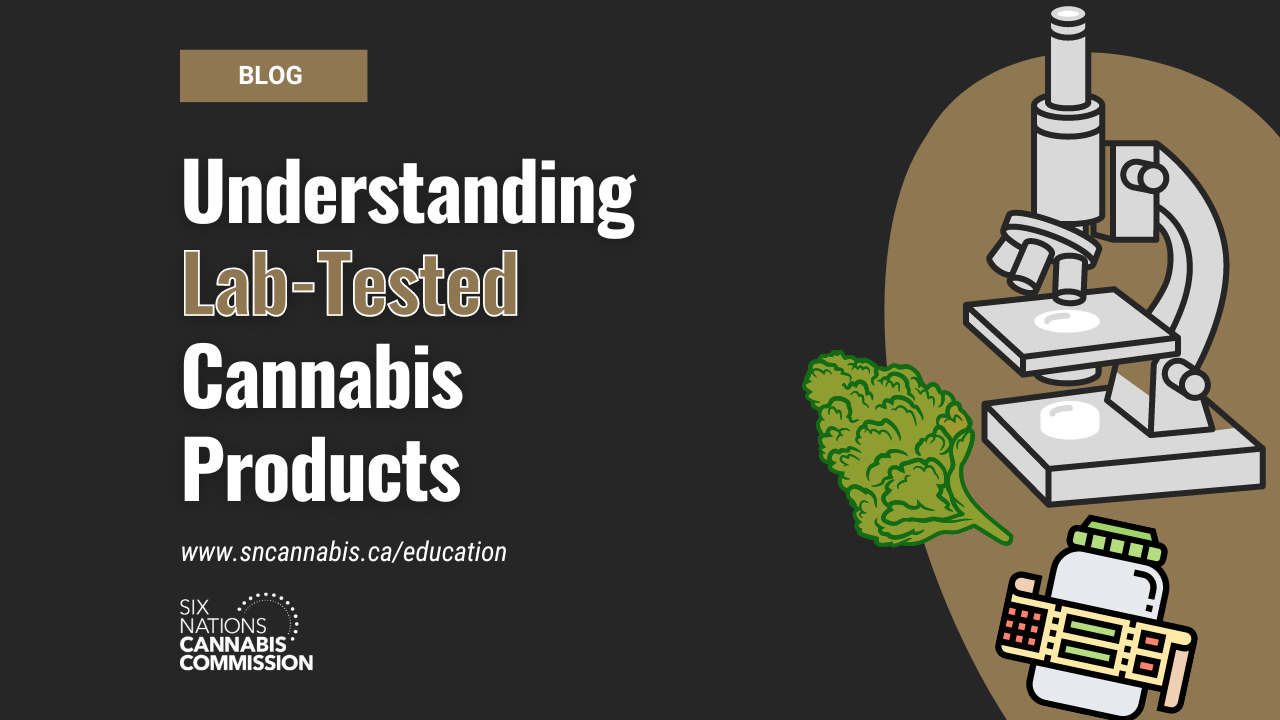
Cannabis is a plant that’s known for having a pungent smell, so much so that people are usually able to distinguish cannabis is nearby solely based on its smell. The driving factor behind cannabis having such a distinctive and strong smell is the same reason why our favorite flowers and other plants also have their own distinctive smells.
There are an abundant amount of terpenes found in cannabis, over 150 to be exact. From this large profile of terpenes, specific cannabis strains are given their characterizing smells. Certain strains are known to have smells that are described as “sour”, “fruity”, “gassy”, “sweet”, “skunky”, “earthy” and more!
Terpenes do more than just give marijuana its aroma, they have several therapeutic and mood-altering effects on cannabis users.
Terpenes’ Origins
The transparent and sticky plant glands found on cannabis buds, leaves, and stems called trichomes are where terpenes are found in the plant. Trichomes are a resin-producing plant component, which is where terpenes are produced; through this cannabis’ flavour, smell, and colour are formed.
The terpene production in cannabis plants is variable and affected by a number of different biological factors during growth. The level of terpenes found in cannabis are impacted by how and where the plant is grown. Examples of these growth factors include indoor or outdoor, temperature soil type, level of light received, nutrients, etc.
Not only do Terpenes affect humans when consumed, they also play an integral role to the health of cannabis plants while they grow. Terpenes like Geraniol are to thank for preventing predators from eating cannabis plants, keeping them from being destroyed before they’re ready to be harvested. Terpinolene and linalool are other examples of terpenes that play a role in plant health, as these two attract insects that help spread pollen to the plants. In summary, terpenes communicate to the plant’s immune system, protecting it, and letting it know when immunological responses are needed.
How Does the Body Process Terpenes?
With each terpene being so unique, attributing to plants’ smell, flavour, and colour, they also have distinct ways they affect humans when consumed. Besides attributing to cannabis’ effects of reducing stress and being emotionally stimulating, terpenes have been highlighted in numerous studies that explore their therapeutic use.
Those that use lavender essential oil, can thank the terpene linalool for helping them feel relaxed. Just as linalool does in conjunction with lavender, other terpenes may also enhance certain cannabis’ effects.
Cannabis’ therapeutic research was focused on the role cannabinoids like THC and CBD played, but as terpene research evolves there has been information that shows they also produce effects for cannabis consumers.
Terpenes Benefits
Terpenes may provide therapeutic advantages, according to studies. Terpene research is new and hasn’t been done on individuals extensively.
Anti-Cancer
Just as cannabis has been researched for its cancer-fighting chemicals, terpenes are hypothesized to make a similar impact. Terpenes such as limonene, beta-myrcene, pinene, and terpinene have been shown to potentially hold cancer-fighting qualities. There is still more research needed to know how terpenes directly affect cancer cell growth.
Antidepressant
Terpenes have been shown to act as antidepressants, terpenes like linalool and beta-pinene are active chemicals in a portion of some of the pharmaceutical antidepressants prescribed today.
Antimicrobial
Studies suggest that terpenes may assist in killing microbes. Geraniol and terpinolene are terpenes that have been known to kill germs.
Comfort
Just as cannabinoids are able to provide comfort and pain relief, terpenes have been researched for similar effects. Terpenes, alongside cannabinoids, show promising results in studies that researched pain alleviation. Humulene, geraniol, linalool, and pinene all stimulate humans’ pain-perceiving endocannabinoid receptor: CB1, which is thought to be the reason why they’re able to aid in pain relief.
How do Terpenes Impact the Cannabis Consumption Experience?
Terpenes play a role in what is known as the “entourage effect” which is said to be the result of cannabis plant components (like terpenes and cannabinoids) coming together to create a wide array of different effects.
Terpenes may alter the way cannabinoids like THC and CBD affect cannabis consumers. Studies suggest that cannabis extracts that include both cannabinoids and terpenes had better results at tackling symptoms and had fewer side effects than cannabinoid-isolated products.
The Top 3 Cannabis Terpenes
Limonene
Limonene smells like citrus. Limonene is found in citrus fruits, ginger, and cannabis strains like Lemon Diesel or Durban Poison.
Limonene alters immune cell behaviour, preventing illnesses. Limonene has been shown to enhance antibody-producing cells in the spleen and bone marrow, which help the immune system combat bacteria and viruses.
Caryophyllene
Certain cannabis strains taste peppery due to caryophyllene. Caryophyllene is in cloves, rosemary, oregano, and black peppers.
Caryophyllene binds to the immune system’s CB2 receptor showing promising treatment in health issues such as colitis, diabetes, anxiety, depression, liver fibrosis, and Alzheimer’s-like illnesses. Inflammatory illnesses may be treated using caryophyllene’s CB2 receptor activity.
Myrcene
Most cannabis contains myrcene or caryophyllene – Myrcene contains sweet, spicy, earthy, and musky scent qualities. Myrcene enhances the cannabis scent giving a pleasant flavour similar to mangoes, as the terpene is also found in the fruit.
This terpene prevents cartilage cell degeneration, slows osteoarthritis, and reduces inflammatory cells. Myrcene may treat inflammatory illnesses and symptoms.
Conclusion
Terpenes are still undergoing a mass amount of research to really understand how it affects cannabis and humans. It’s important that cannabis consumers take the time to learn about how the cannabis products they consume may smell, taste, and affect them based on it’s terpene profile.

